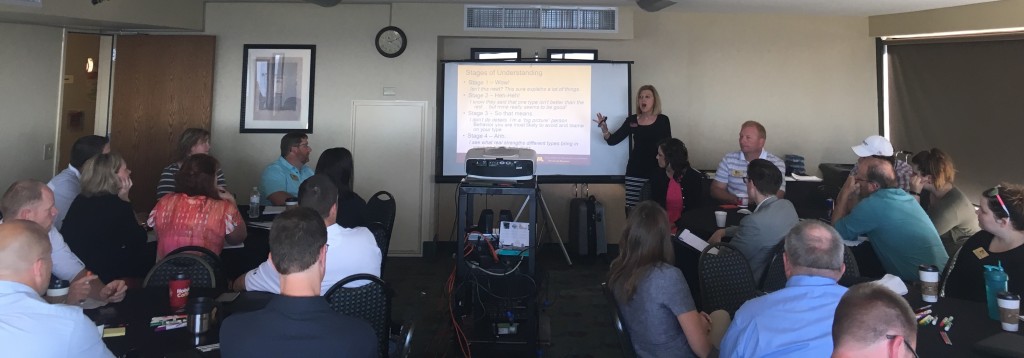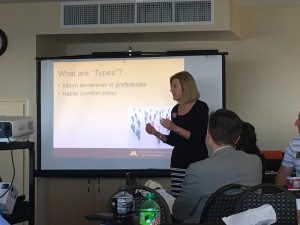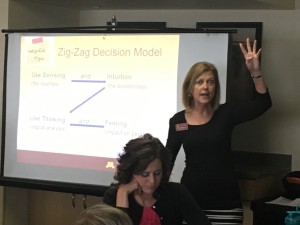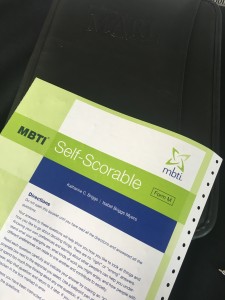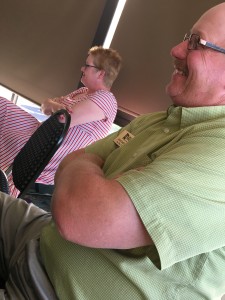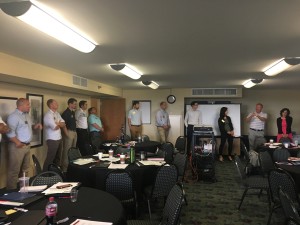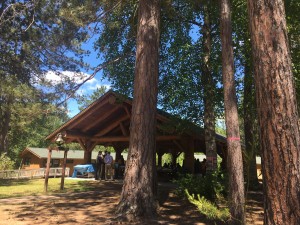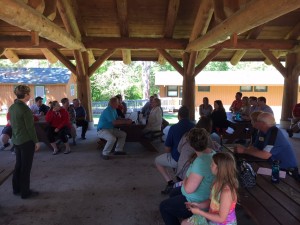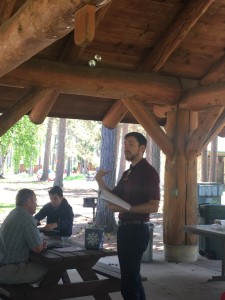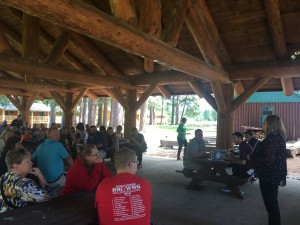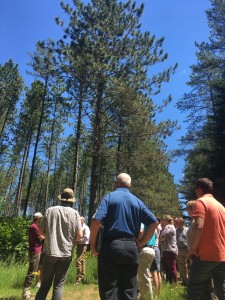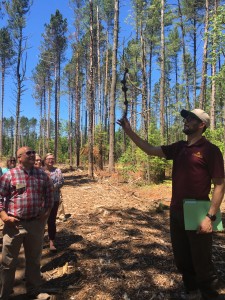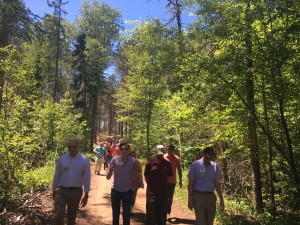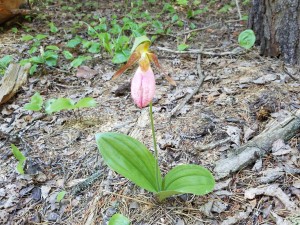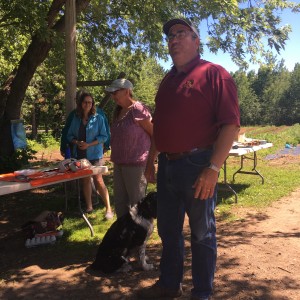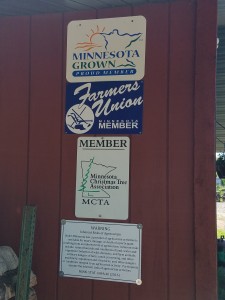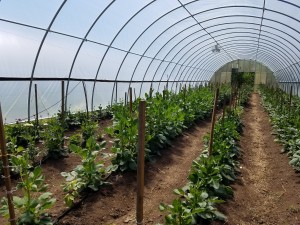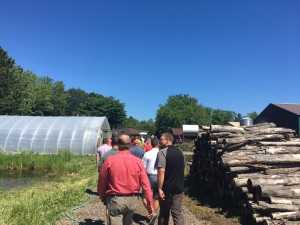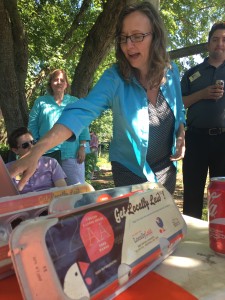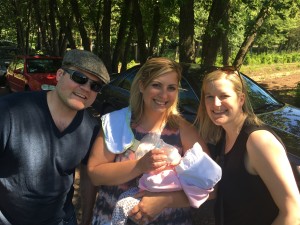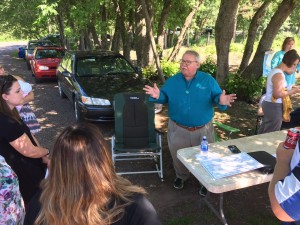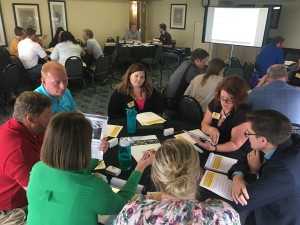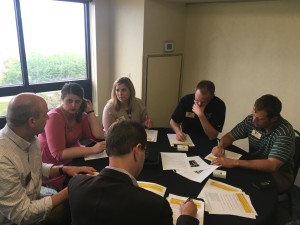We started our day with the sunrise in order to tour as much of the Iron Range as was possible. While traveling by bus,Kelsey Johnson, President of the Iron Mining Association, shared that iron ore mining began in Minnesota 130 years ago. The Iron Range, which is identified as a narrow strip of land rich in iron ore stretching from Grand Rapids to Babbitt, Minnesota is home to eleven mines, of which only six are actively operating today. The cities of the Iron Range were literally built next to the mines so workers could get from their homes to work. Iron mining played a primary role in the development of the city of Duluth which is now the busiest port on the five Great Lakes.
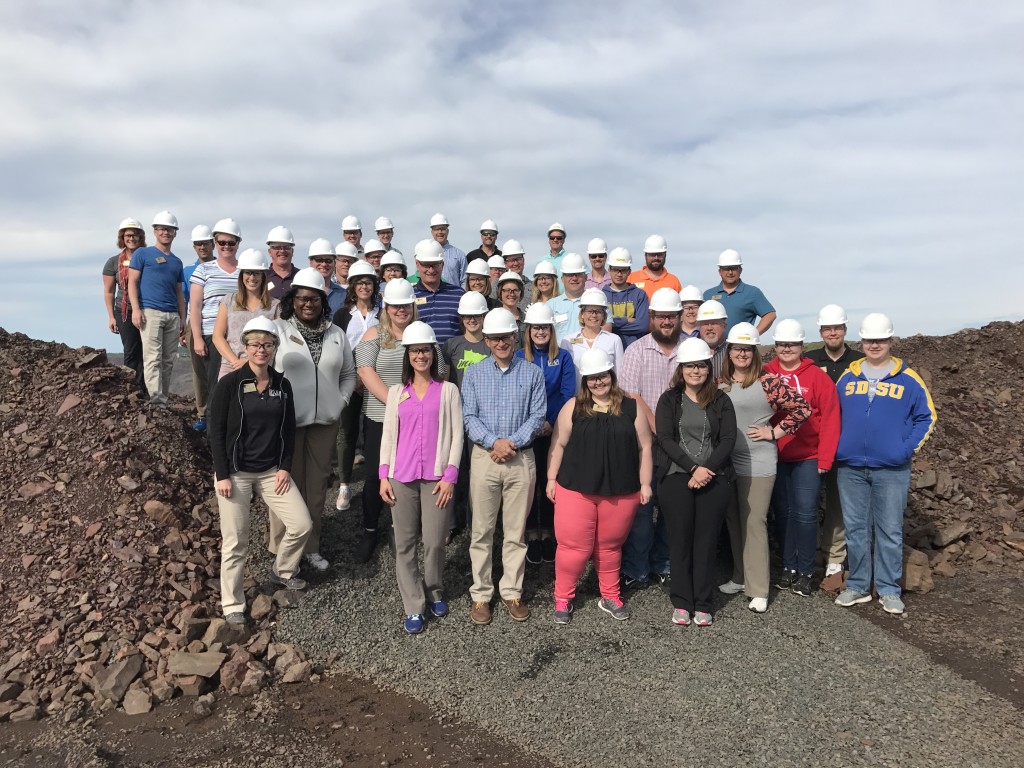
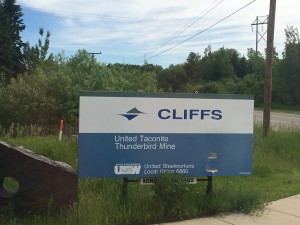
Even though you won’t see corn and soybean fields or hog farms in this part of the state, agriculture is very connected to the natural resources of northern Minnesota. The Duluth Port is not only the entry and exit point for iron ore and taconite but CHS, Cargill and Pillsbury all own elevators at the port in order to transport agricultural products across the world. Dairy farmers on the range partner with the mining industry to grow alfalfa for hay bails which are necessary for the tidal basin operation as mine pits are filled in. It is no surprise that mining is the primary economic driver for the Iron Range region but you may be surprised to learn that former mine pits are responsible for creating recreational opportunities in the region.
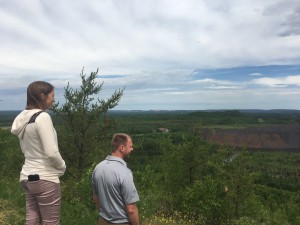
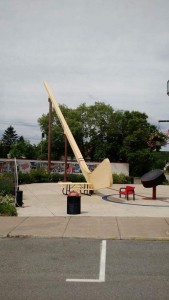
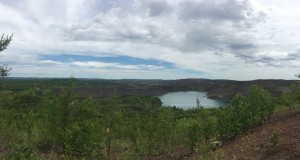
Johnson referred to “mining for closure” as a philosophy used by the mining industry to turn the area around an nonoperational mine into lakes for swimming, fishing and boating. A theme shared by the Iron Mining Association and the Iron Range Resources & Rehabilitation Board (IRRRB) was how deeply committed the mining industry is to keeping the Range communities strong, maintaining a high quality of life in the region and continued focus on economic diversification.
Commissioner Mark Phillips greeted us at the IRRRB office with a brief overview of his vision for the agency.
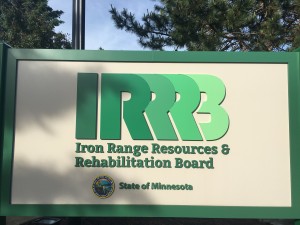
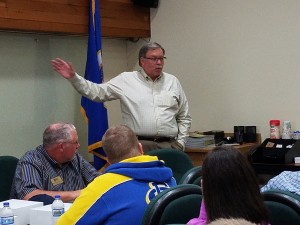
Following our mine tour and a stop at the IRRRB we were able to get up close and personal to another significant part of the economy in North Eastern MN, Forestry and the logging industry. Cheryl Adams, Forest Resource Manager at the UPM Blandin Paper Company, guided our Coach bus smack into the forest where we watched logging in action. The Blandin Paper Company was built in 1902 to provide news print for the St. Paul Pioneer Press. Blandin oversees forests on 188,000 acres of land in North Eastern Minnesota. Contrary to what many may believe about timber harvesting, Adams made a surprising distinction that timber harvesting is about growing trees by using techniques to create optimum conditions so trees grow better. Natural occurrences such as fire and weather events used to take care of this on a more regular basis than we see now. Blandin Paper Company plants 700,000 trees every spring and only harvests Aspen, Balsam and Spruce.
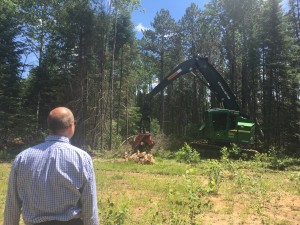
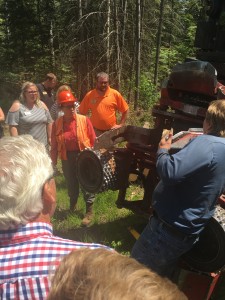
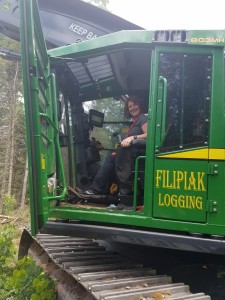
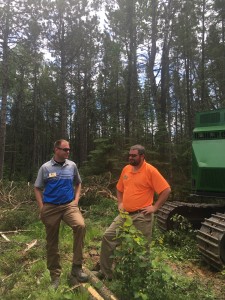
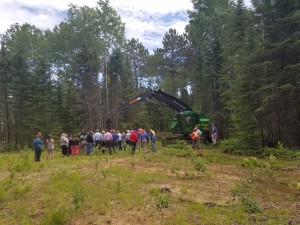
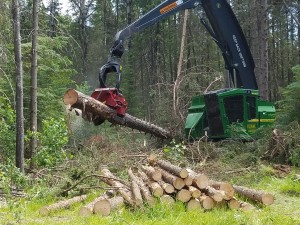
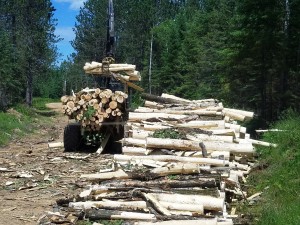
We capped off day two with the announcement of the class IX International travel destination. Based on weekly clue sets from MARL program leaders, class IX completed investigative research in advance over their “What’s APP” communication tool on their mobile devices. After much anticipation, we learned we will visit Croatia in February of 2018. We learned Croatia is the birthplace of the Dalmatian dog, has three distinct regions and Minnesota is four times its size. The small geographical size is one of the draws to the country as it will allow the class to see its varied regions across the country. With the anticipation of the location behind us, we are all setting our sites on trip preparation and the excitement of spending twelve days together learning about the agricultural practices and culture of another country.
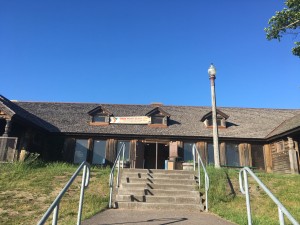
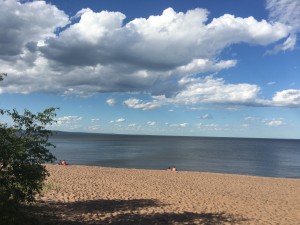
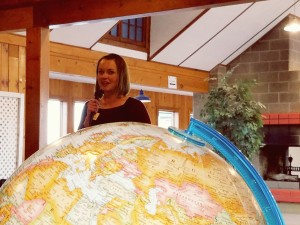
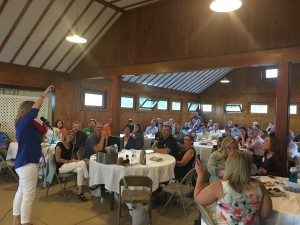
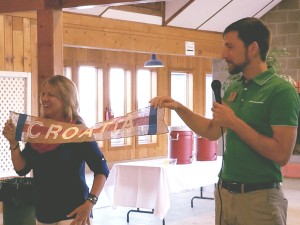
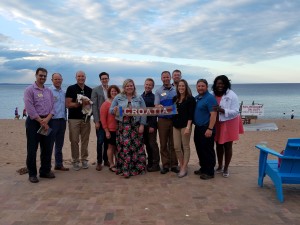
Submitted by Mary Kay Delvo
